And On St Thomas' Even
pease cods & garlanding
Practising straw weaving ready for Lammas: there’s still time to become more adept and make something that feels worthy of John Barleycorn and the spirits of harvest - 18 July 2025
Hello, and welcome to this July edition of Bracken & Wrack!
To be honest I’m not sure how to style this issue, as we’re late for the full moon, early for Lammas and the new moon and a little late, too, for Old St John’s Day. What we’re just about on time for though, is Old St Thomas’ Day on 20 July, so let’s go with that :-)
If you’ve been reading Bracken & Wrack for any length of time you’ll know what I mean when I say ‘Old’. The term generally refers to the date when any of today’s calendar-specific events would have taken place up until 1752. In the September of that year, eleven days were ‘removed’ to give us today’s Gregorian Calendar. Time, of course, continues to slip away from any human-devised system and we’re now thirteen days adrift of Old Time.
You may wonder why this matters.
If you’re fascinated by topics like folklore, weather sayings and ancient customs and it strikes you how much of this lore must pre-date the calendar change, you begin to see how very significant a thirteen day gap becomes.
‘Ne’er cast a clout ‘til May be out’, for example, might mean keep well covered up until the hawthorn comes into flower or, alternatively, until the end of the month of May. That’s all very well, but the proverb is likely to have been coined during medieval times (if not earlier) and that’s where the lore becomes tricky. After all, their May Day occurred on what is today’s 14 May, and their 31 May was our 13 June when the ‘feel’ of the season may have altered a great deal.
Back to St Thomas whose Feast Day - and, like other saints, especially his Eve - was roundly celebrated up until the Reformation. As you’ll see from the contemporary account below (quoted in Eamon Duffy’s The Stripping of the Altars ) St Thomas seems to have overseen more actual feasting than either St John (Midsummer Eve means St John’s Eve) or Ss Peter and Paul did. Although, I’m sure a good measure of alcoholic drink was involved on all three occasions.
You’ll also notice mention of the Midsummer Bonfires. These three special fires were the focus of an art performance I devised many years ago, when on each of the nights in question I lit a small fire (safely!) on the old path leading into a medieval Norfolk church. But that’s another story.
I will say, though, that provided it’s less soggy where you are than it is here (there’s been heavy rain over the last few days) you might feel like keeping with tradition and enjoying a bonfire of your own at around this time of year. Even better if you have some chamomile, mugwort or St John’s wort to cast onto it, perfect for keeping misfortune away.
… and before my doore there was made three other bonefires, viz. on Midsummer Even, on the Even of Saint Peter and Paul, when they had the like drinkings, and on Saint Thomas’ Even, on which, if it fell not on the fish day, they had some long pies of mutton, and Pease Cods set out upon boards …
A page from Kalendar, my parish magazine style ‘zine (2007). If you look closely at the blocked church door (the main entrance in medieval times) you’ll see my little midsummer fire burning brightly for St Thomas. On the right, mugwort, scanned from an actual sprig before it was cast onto the flames. Of course, I had to jump over the fire for luck :-)
In this edition of Bracken & Wrack:
St Thomas and the Midsummer Bonfires
‘We can’t stay here in the bus shelter’: Part One of a watery Lakeland tale
Old Meg: a poem by John Keats with photographic illustrations
St Thomas’ Pea & Mint Hummus: a seasonal recipe
‘WE CAN’T STAY HERE IN THE BUS SHELTER’: a watery Lakeland tale
Part One
The rain was becoming heavier by the moment. It hadn’t been easy to locate this campsite but it seemed that we were fated to at least give it a look. We’d only heard of its existence when a couple of walkers along the track had extolled its virtues, murmuring something about plentiful hot showers. When they told us that the village pub was closed and that the site had recently begun offering wood fired pizza, the devil whispered ‘yes yes yes’ in our ears.
Of course our usual way is to find our own quiet corner to camp, free as a bird. But this time we were wet and tempted. We’d come over a mountain in gusting winds and sideways precipitation and, we reasoned, maybe we deserved a treat. (Well, if paying to put up a tiny wet tent in pouring rain counts as a treat.)
After several false leads in the village we’d found the farm campsite. Yes, this was the one. But as we stood there, dripping, looking across at the tents it became apparent that the hot showers that had sounded so tempting were actually located in a barn a steep walk away in the rain. Heading back to the tent on foot - most campers were driving over - you would certainly get nearly as wet as you had done under the shower head.
Suddenly the allure faded. There was no one around to book in with anyway, and the feeling grew that we needed to keep up our intention of being self-sufficient.
What now? Earlier in the search, we’d spotted a covered bus shelter and repaired there to have a think. I’d noticed an advertisement for a hotel offering breakfast, lunch, dinner - and a bar that was open to non-residents. Would it be open on a Bank Holiday Monday? Try the internet - no internet coverage. Try phoning the number on the poster - no phone signal.
Time wasn’t on our side, and the rain certainly wasn’t.
‘We can’t stay here in the bus shelter.’
Well we could but - you know - the chance to dry off a little with a pint of shandy ..
Oh yes, it was worth the wet trek back. Especially as I had a feeling I’d seen the name of the place somewhere on the way through.
The hotel lay down a long driveway but hooray, the sign by the road gave every hint that it would be open! Although almost obscured by the driving rain I could make out the words ‘seven days a week’ and ‘bar open all day’ and ‘evening meals’.
There was no question. We set off towards the warm glow.
Inside the double doors, we suddenly found ourselves in the warm and dry for the first time that day. Immediately, steam began to rise but that word ‘Bar’ drew our feet like a magnet. As we stepped in, the barman visibly blanched but managed to ask politely whether we’d like to leave our dripping gear in the drying room? He directed us to a door just off the foyer which I opened, to be greeted by a whoosh of steam and the aroma of damp jackets, boots, back packs and waterproof trousers that floated out with it.
Every peg and hanger lining the walls of the small room could hardly have been more heavily laden with wet outdoor gear. Mostly, I noticed, in shades of navy, maroon and grey but all several shades darker than usual. The room was, indeed, crammed so full that there really was no chance that the game little dehumidifier buzzing away in the middle could possibly have much effect.
There was nowhere obvious to hang our saturated waterproofs and back packs but by moving other items aside a little, a few hooks and surfaces emerged. Gratefully unencumbered, we returned to the bar.
Beyond, like a shimmering mirage, lay a beautifully furnished room, set out with sofas and armchairs as well as wooden chairs arranged around tables. Wherever you looked, a choice selection of Lakeland-themed reading material asked to be picked up and flipped through. Most magically - given that it was late May - a large wood burner glowed invitingly in the fireplace.
Unsurprisingly, the sofas and coffee table positioned directly in front of the hearth were already taken, so we slid onto chairs as close as possible to the blessed warmth, pint glasses even closer to hand.
Next time in Part 2: a surprising encounter at the Glaramara
OLD MEG : a poem by John Keats
When I came across this poem in an old anthology it immediately conjured thoughts of the heath along the lane as well as images from my recent wanderings.
Even more so when I remembered this beautiful gypsy wagon spotted in a garden in Snape, Suffolk, during the most recent leg of our long distance walk. (I’ve written about the two earlier stages in recent editions of Bracken & Wrack, with another to come next time.)
This old Gypsy wagon seen in a garden in Snape, Suffolk inspired me to illustrate Keats’ poem with my own photos - 22 June 2025
Old Meg she was a Gipsey,
And liv’d upon the Moors;
Her bed it was the brown heath turf,
And her house was out of doors.
Edge of the heath, 3 July 2025
Her apples were swart blackberries,
Her currants, pods o’ broom;
Her wine was dew of the wild white rose,
Her book a churchyard tomb
… ‘her book a churchyard tomb’ - Hemingford Grey church, 12 July 2025
Her Brothers were the craggy hills,
Her sisters larchen trees;
Alone with her great family
She liv’d as she did please.
Craggy hill and larch - view from the tent on Dodd, Underskiddaw, Cumbria, 27 May 2025
No breakfast had she many a morn,
No dinner many a noon,
And ‘stead of supper, she would stare
Full hard against the moon.
Full moon at Ludham, Norfolk, 22 July 2021
But every morn, of woodbine fresh
She made her garlanding,
And every night, the dark glen Yew
She wove, and she would sing.
Wild woodbine along the lane, 3 July 2025
And with her fingers, old and brown,
She plaited Mats o’ Rushes,
And gave them to the cottagers
She met among the Bushes.
Rushes at Carlton Colville, Suffolk, 8 June 2025
Old Meg was brave as Margaret Queen
And tall as Amazon
An old red blanket cloak she wore,
A chip hat had she on.
God rest her aged bones somewhere!
She died full long agone! - John Keats
Gipsy encampment at Ridlington Common, Norfolk, late 19th or early 20th century. Courtesy Norfolk Photo Archive.
OF RABBIT PAW, ANTLER & BRACKEN: a July gone by
I found this video I made almost exactly two years ago and hoped you might enjoy a taste of summer from that time.
SAINT THOMAS’ MINT & PEA HUMMUS
On learning that the feast for St Thomas Eve included ‘Pease Cods set out upon boards’ I had to check to find out exactly what these were. As you might expect, they are pods of peas, which might seem a strange inclusion in a special meal. But, as I discovered, peas were very much a staple in medieval times, partly because they were cheap and readily available. Dried, they were the main ingredient in pease pudding which probably became very monotonous when served up day after day during hard times:
Pease pudding hot
Pease pudding cold
Pease pudding in the pot
Nine days old - traditional nursery rhyme
Peas weren’t just peasant food though: prepared in more elaborate ways they were also enjoyed by those higher up the social scale as they are such a versatile vegetable.
As is usually the case with recipes here at B & W, some of the ingredients are unlikely to have been commonly used by our medieval ancestors. But I think the end result is true to the spirit of the age, and I do know that herbs were very much a feature of most people’s diets in the Middle Ages. I think mint was introduced here by the Romans, and it spreads so rapidly that I’m pretty sure any way of making good use of it would be welcomed.
This recipe is vegan and gluten free, and perfect to serve with the hunks of bread that would no doubt have accompanied any medieval feast.
1 tin chickpeas, drained and rinsed
250 peas, fresh or frozen
juice of half a lemon
2 tbsp tahini
1 clove garlic
1 large handful mint leaves
sea salt to taste
If using frozen peas, place them in a bowl and cover with boiling water for a few minutes. Drain and place in a food processor with the remaining ingredients.
Blend until smooth, adding a little liquid saved from the chickpea tin (or lemon juice) if it’s too thick.
PS: It’s also possible that the ‘Pease Cods’ referred to are small marrow-filled pastries resembling pods of peas, but we’ll stick with the literal meaning I think ;-)
Until next time.
With love, Imogen x

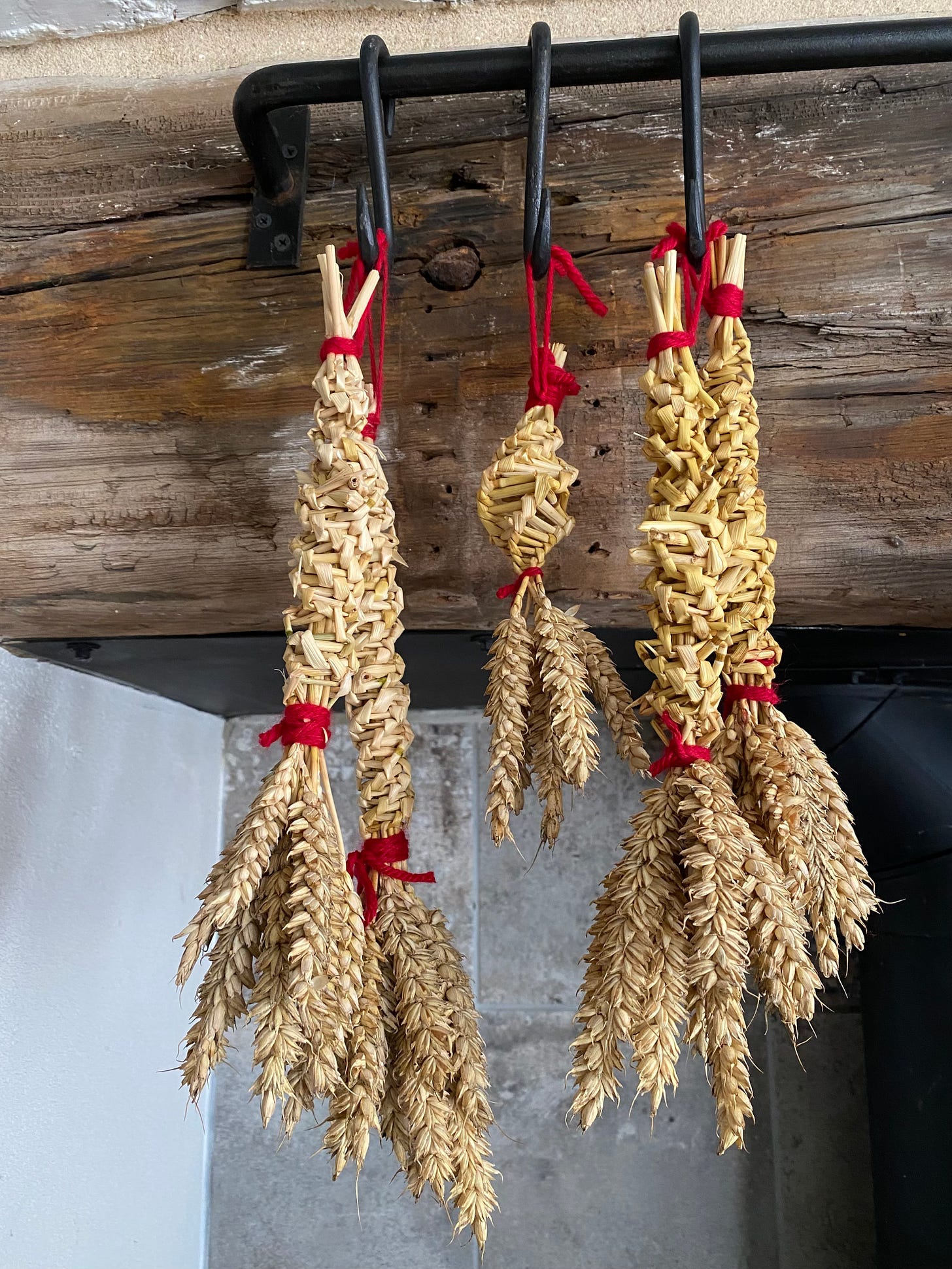
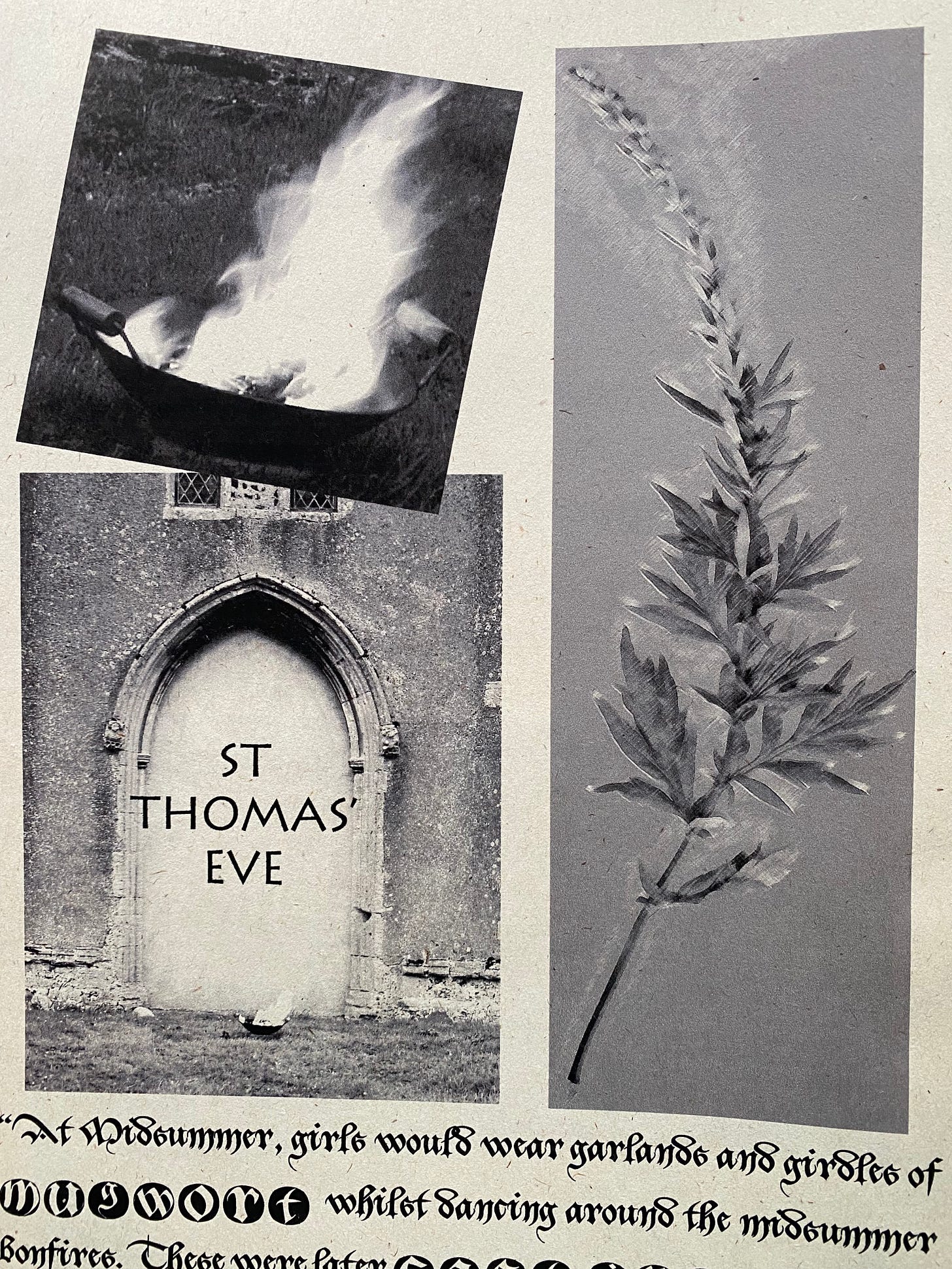
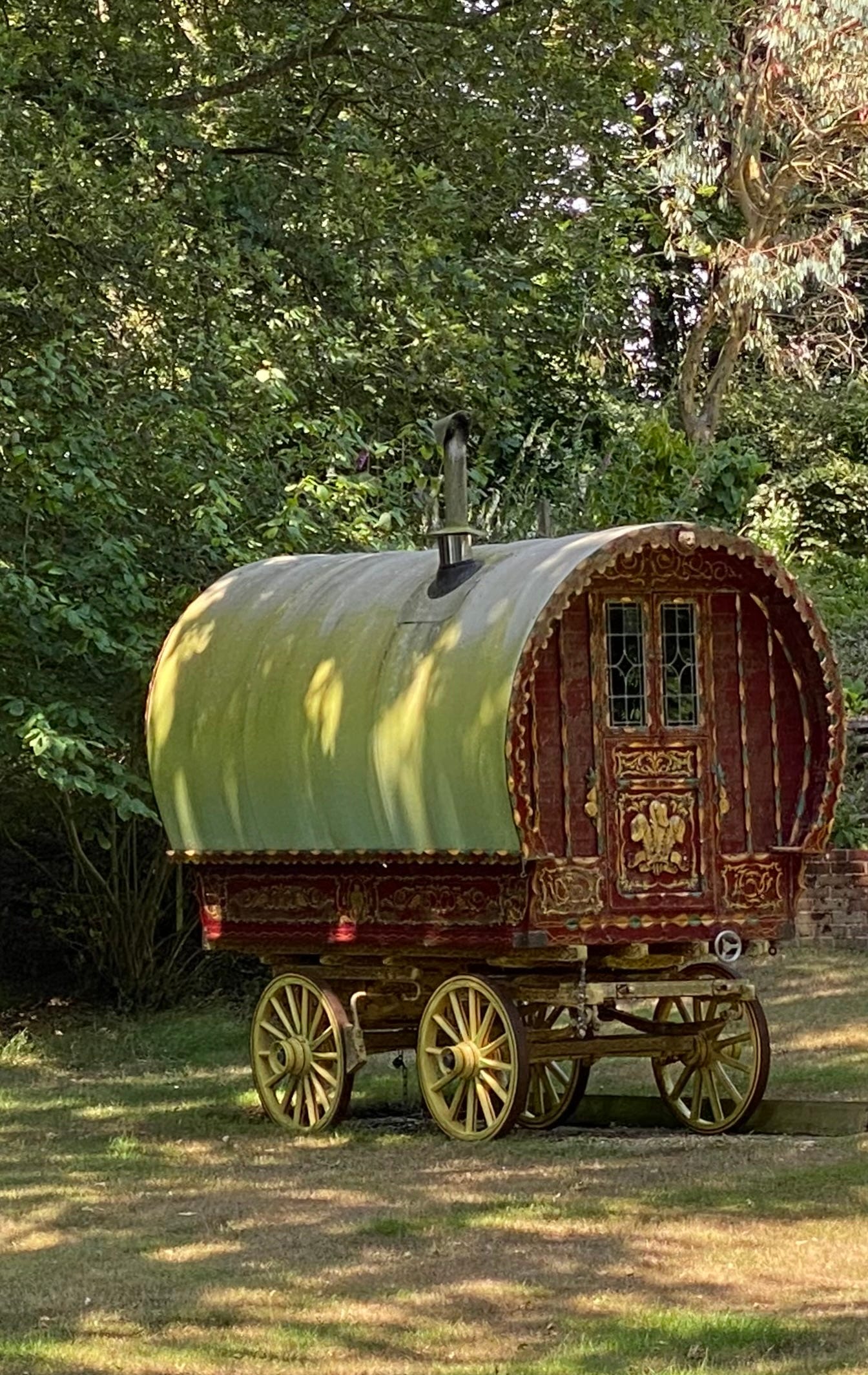
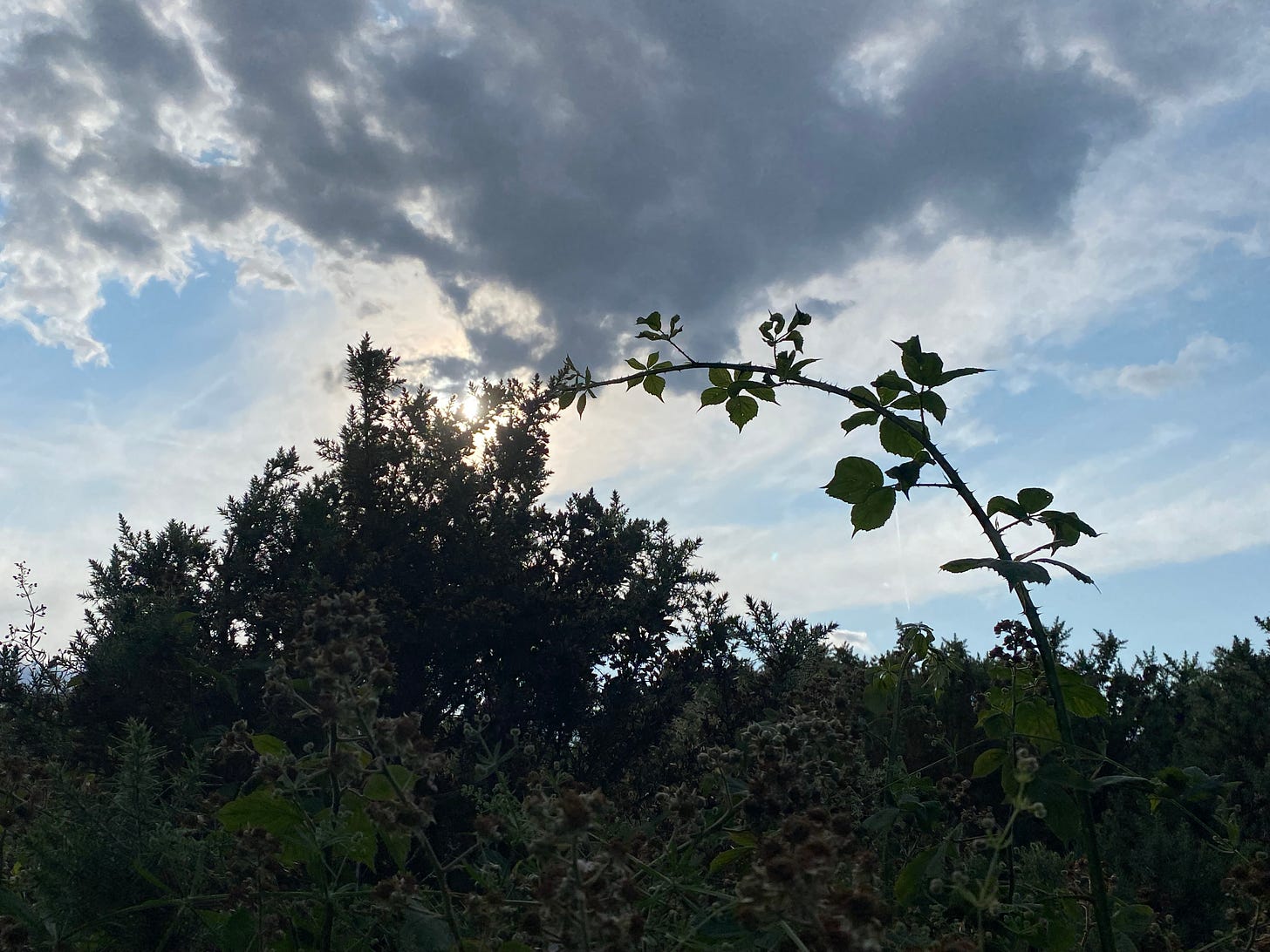
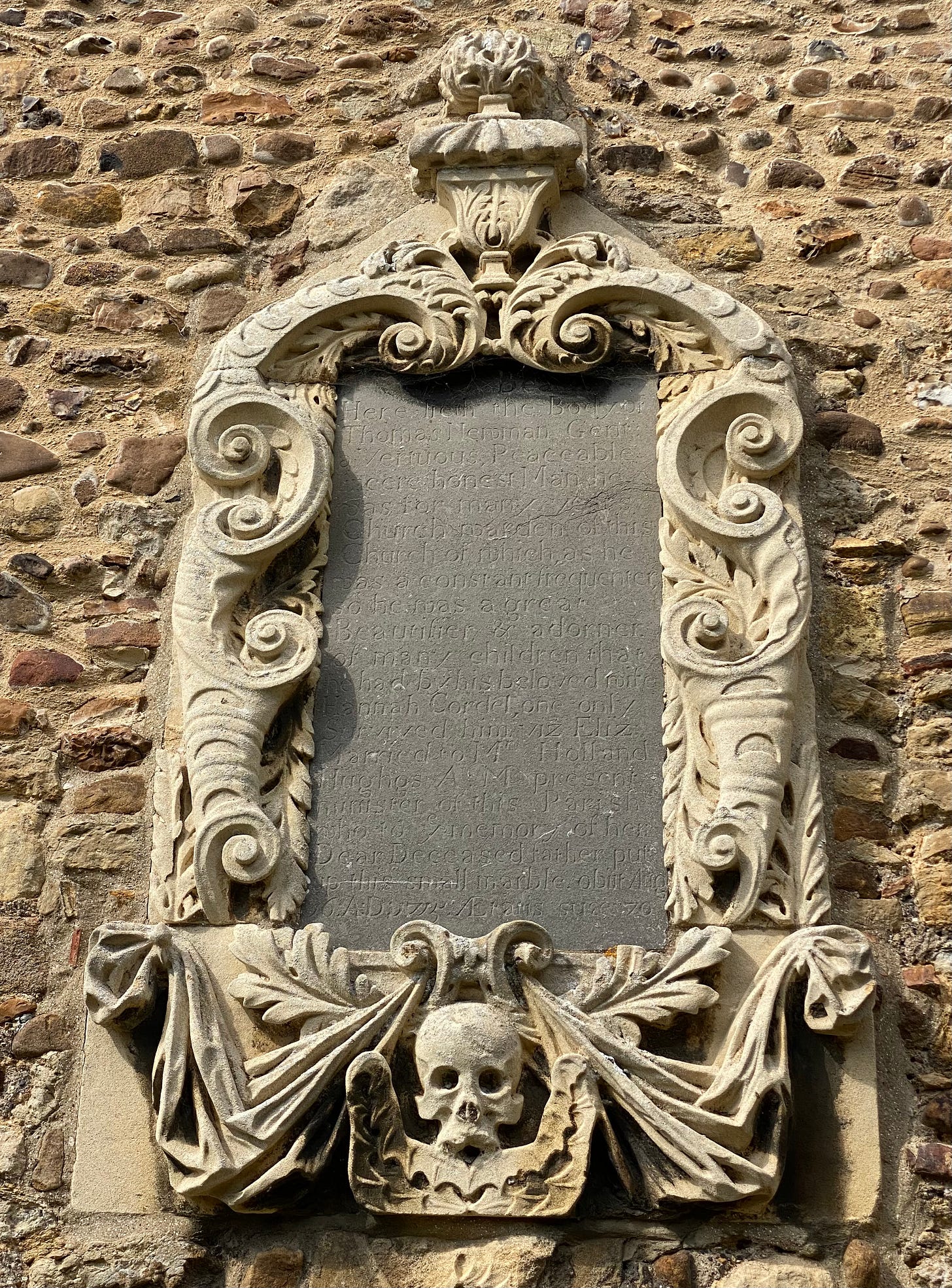
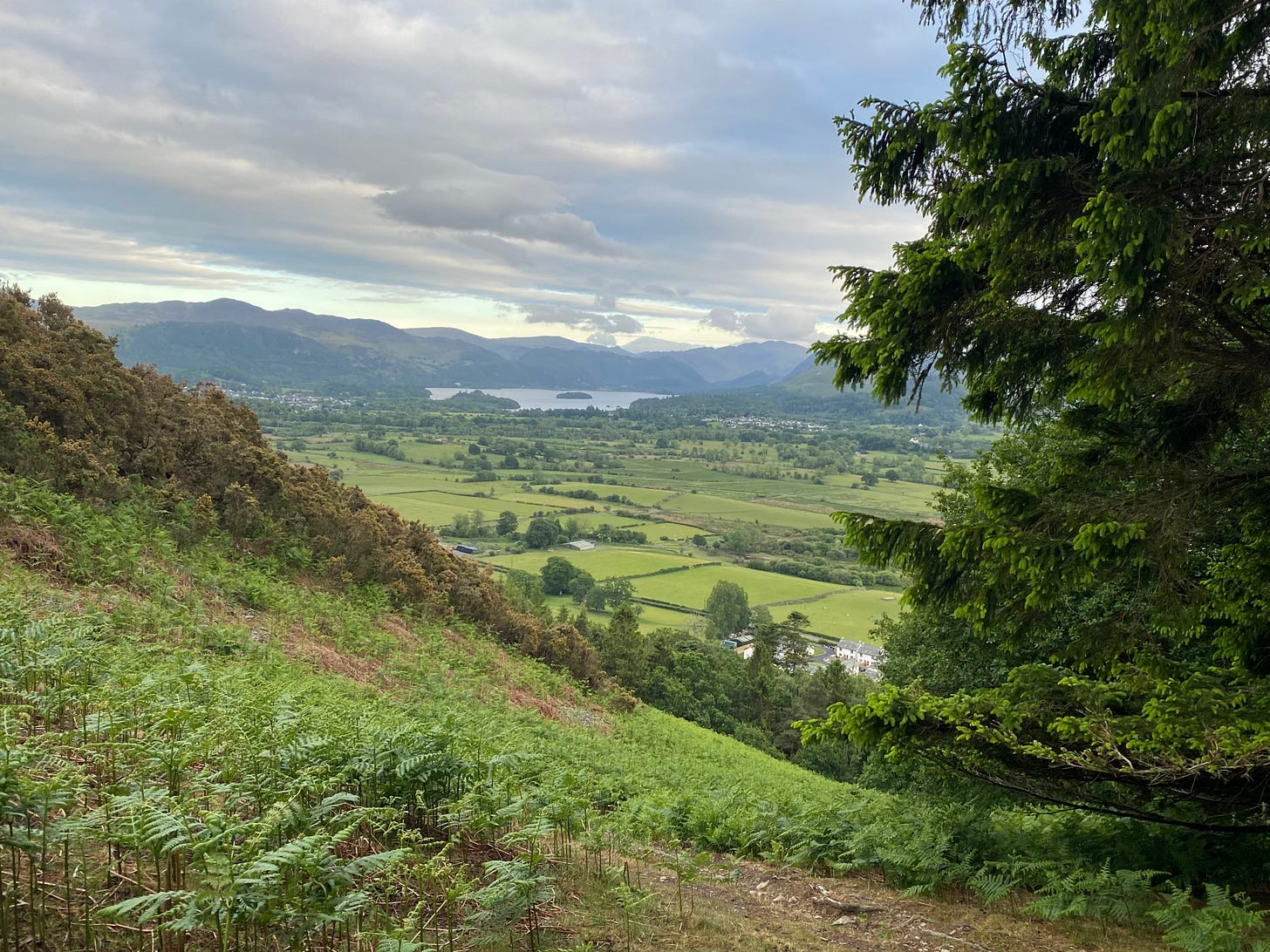
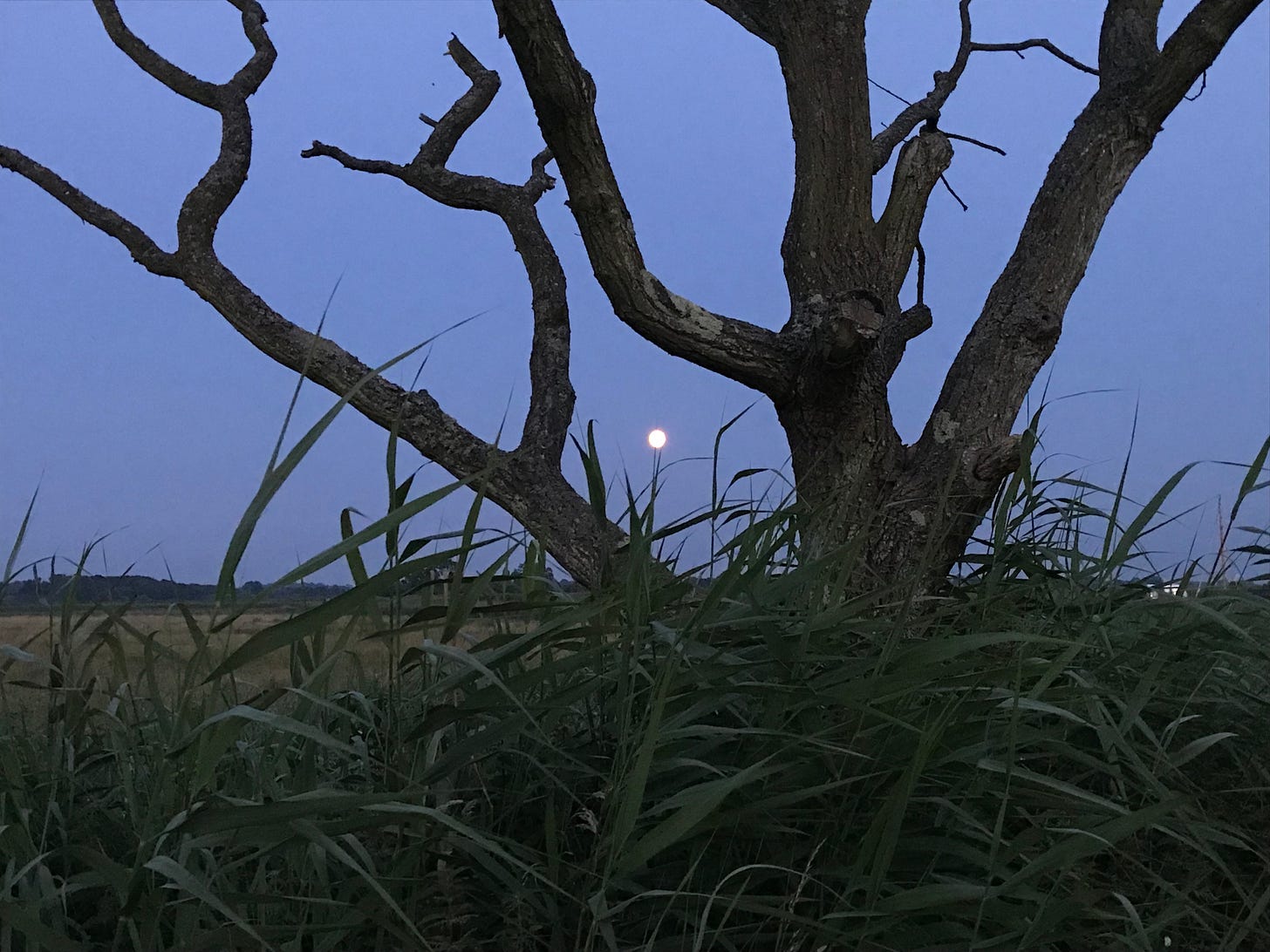
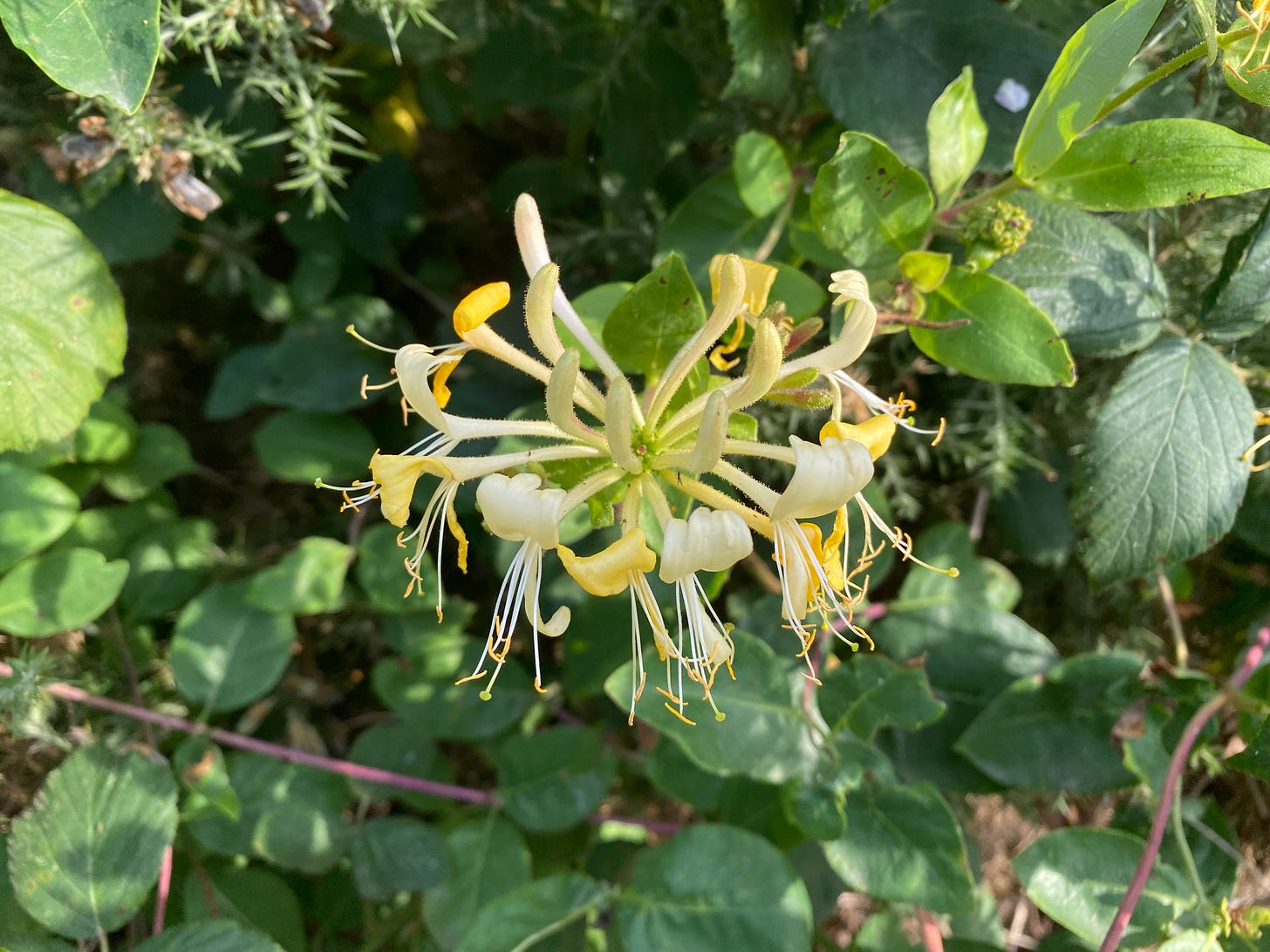
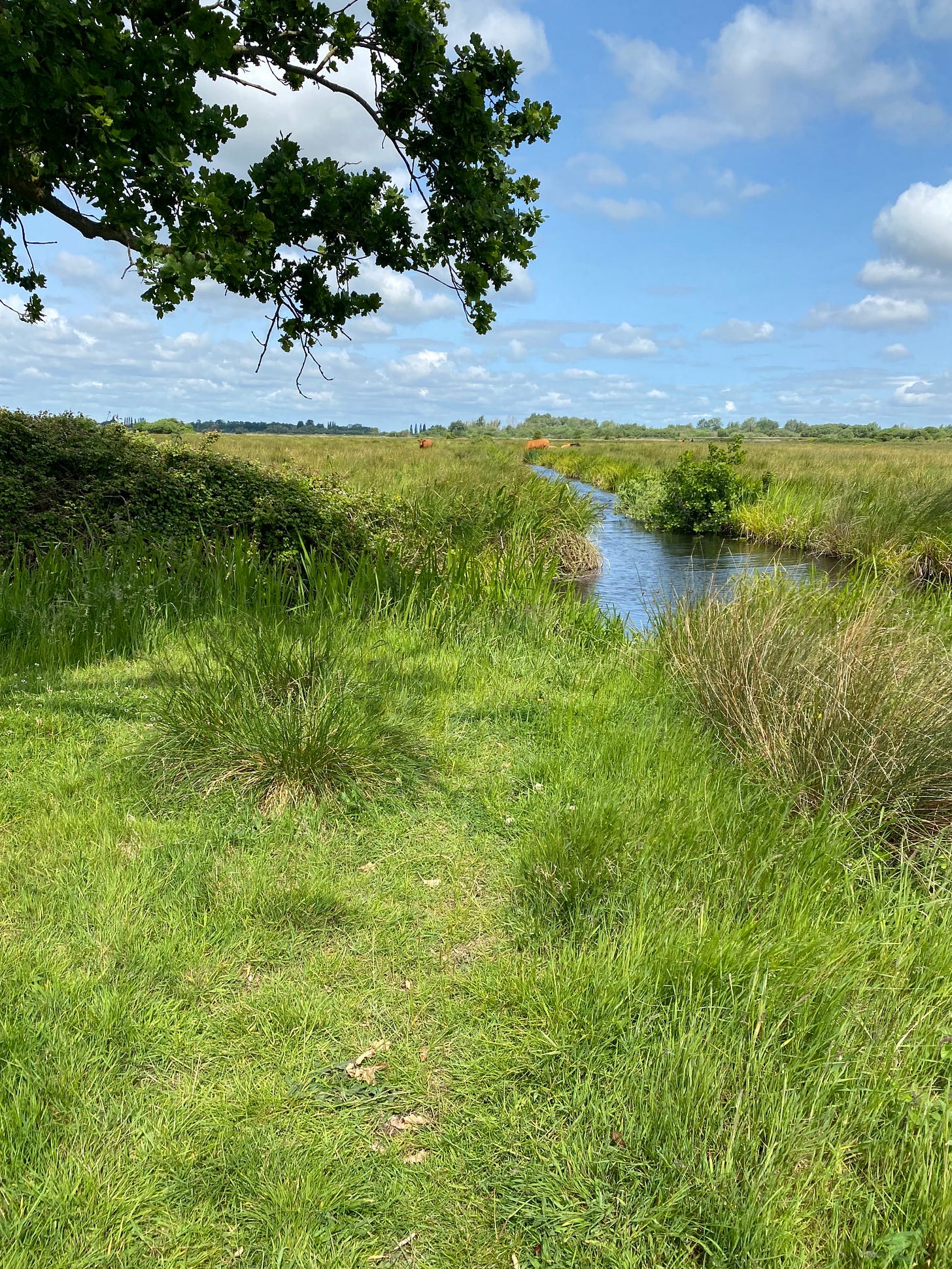

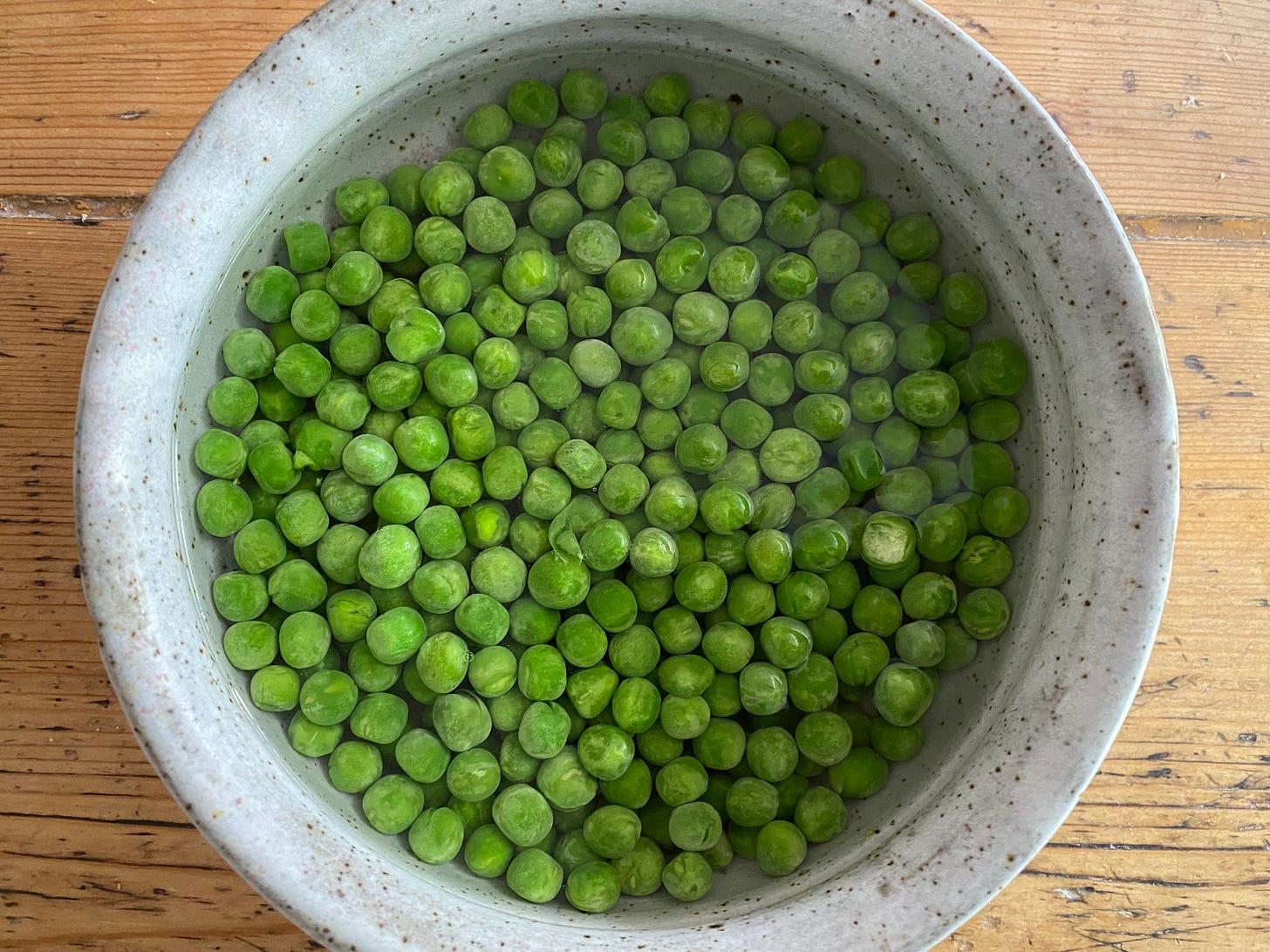
You know I’ve always recited that poem- “Pease porridge hot…” never even wondering about the “pease” ! the hummus sounds delicious and sparked a memory that somewhere in my recipe box I have a Pea and Edamame dip- also delicious, very much not Medieval 😊
You are certainly an intrepid camper and I am interested in part two, where hopefully you dried out!